7 simple ways to upgrade your desktop computer system
Improve your desktop audio easily and affordably
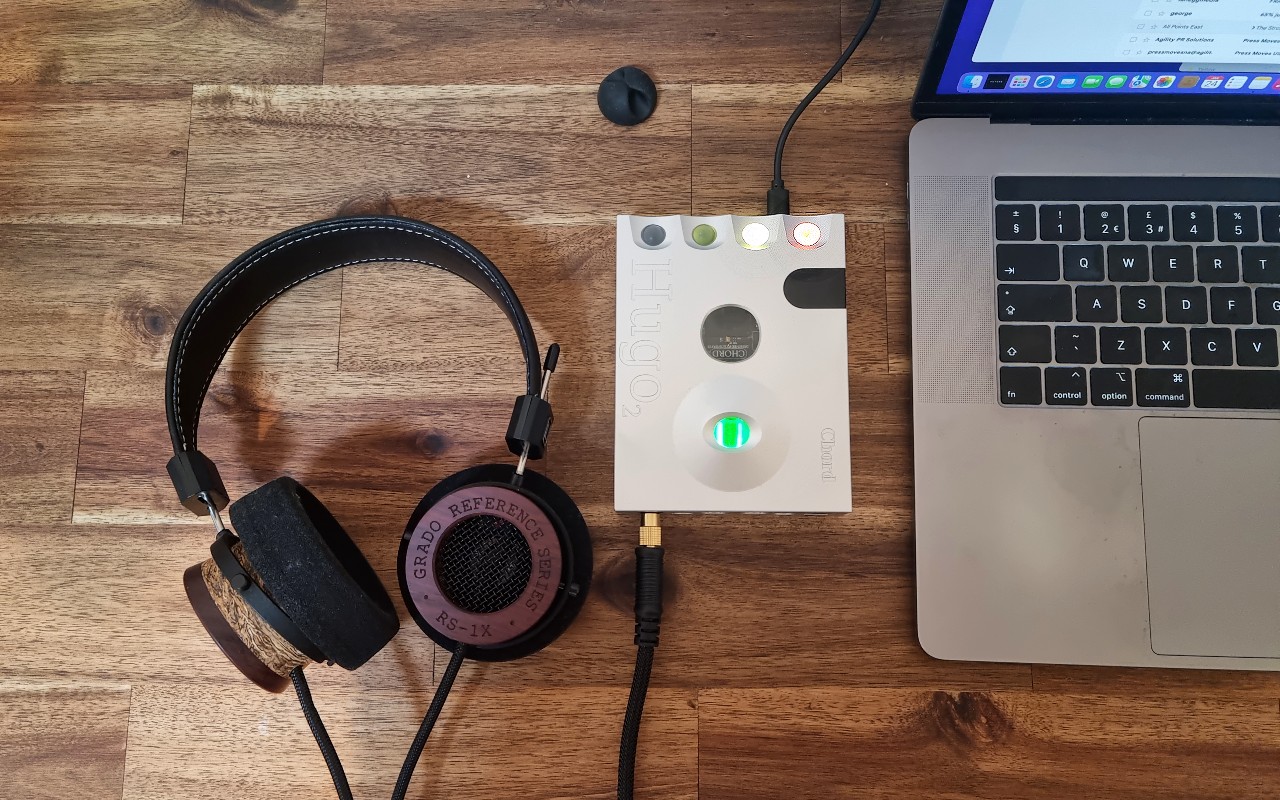
Be it at work or at home, a lot of us spend a great deal of time at our desks. For many, a 9-to-5 job is likely to have you sitting in front of your computer for upwards of 1500 hours every year.
But look at it another way: that's enough time to listen to a couple of thousand albums while you work, browse or simply listen, and there's absolutely no reason why you shouldn't be listening to them in style.
While it's easy enough just to jam a pair of headphones into your laptop or connect them over Bluetooth, or even play music and video through your machine's built-in speakers, there's no denying that better sound is attainable through just a few simple and, if you like, very affordable upgrades.
These seven tips don't involve massive investment and you don't have to spend money on every aspect to achieve a great-sounding desktop set-up. Follow a few of them, mind, and we'd like to think your time at your computer or laptop will be greatly improved.
- Need music inspiration? Check out the ultimate music tracks to test your hi-fi system
1. Invest in decent desktop speakers
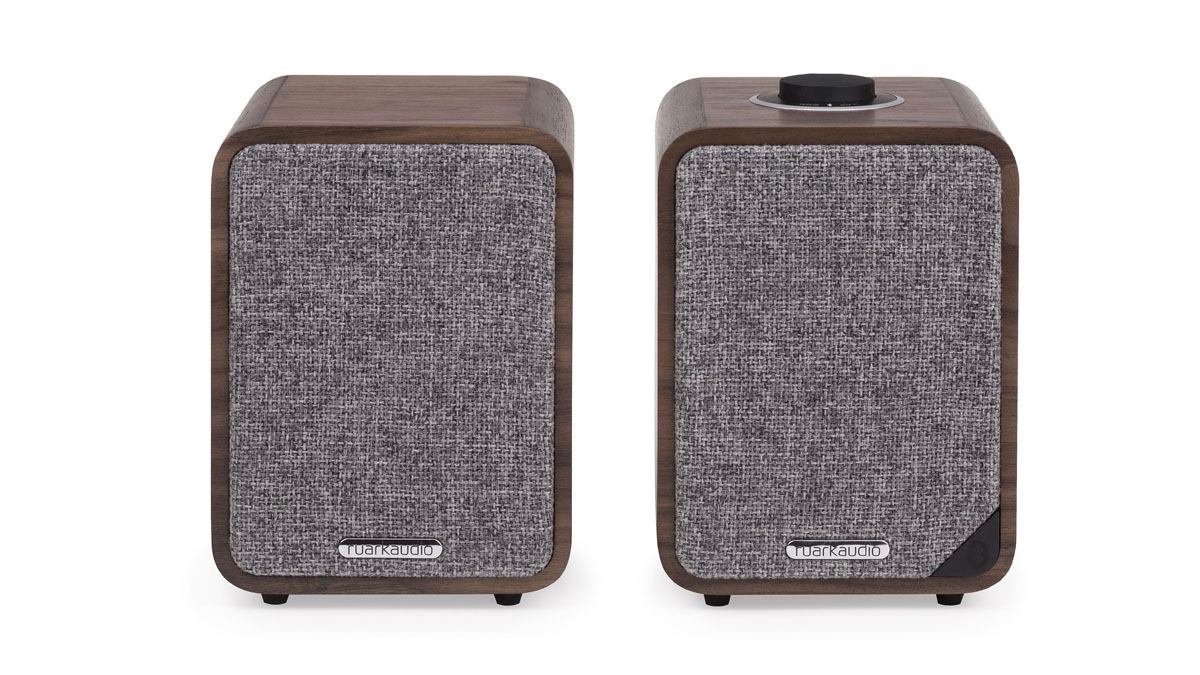
If you prefer listening to music through the speakers built into your laptop as opposed to headphones, then this is the most obvious and effective way to transform your desktop music experience in one single step.
Like with TVs, computer audio wasn't always quite this bad when we had big box computer monitors, often with decent-sized speakers tacked onto the side. But ultra-thin screens and lightweight laptops have meant we now receive ultra-thin and lightweight sound through tiny speakers that, really, are typically a second (or rather a fifth) thought compared to other aspects of PC machine design.
There are loads of options out there – check out our round-up of the best computer speakers for class-leading options, such as the five-star Ruark Audio MR1 Mk2 and Q Acoustics M20 or, if you have a bigger budget, the Elac Debut ConneX DCB41.
2. Try home-specific headphones
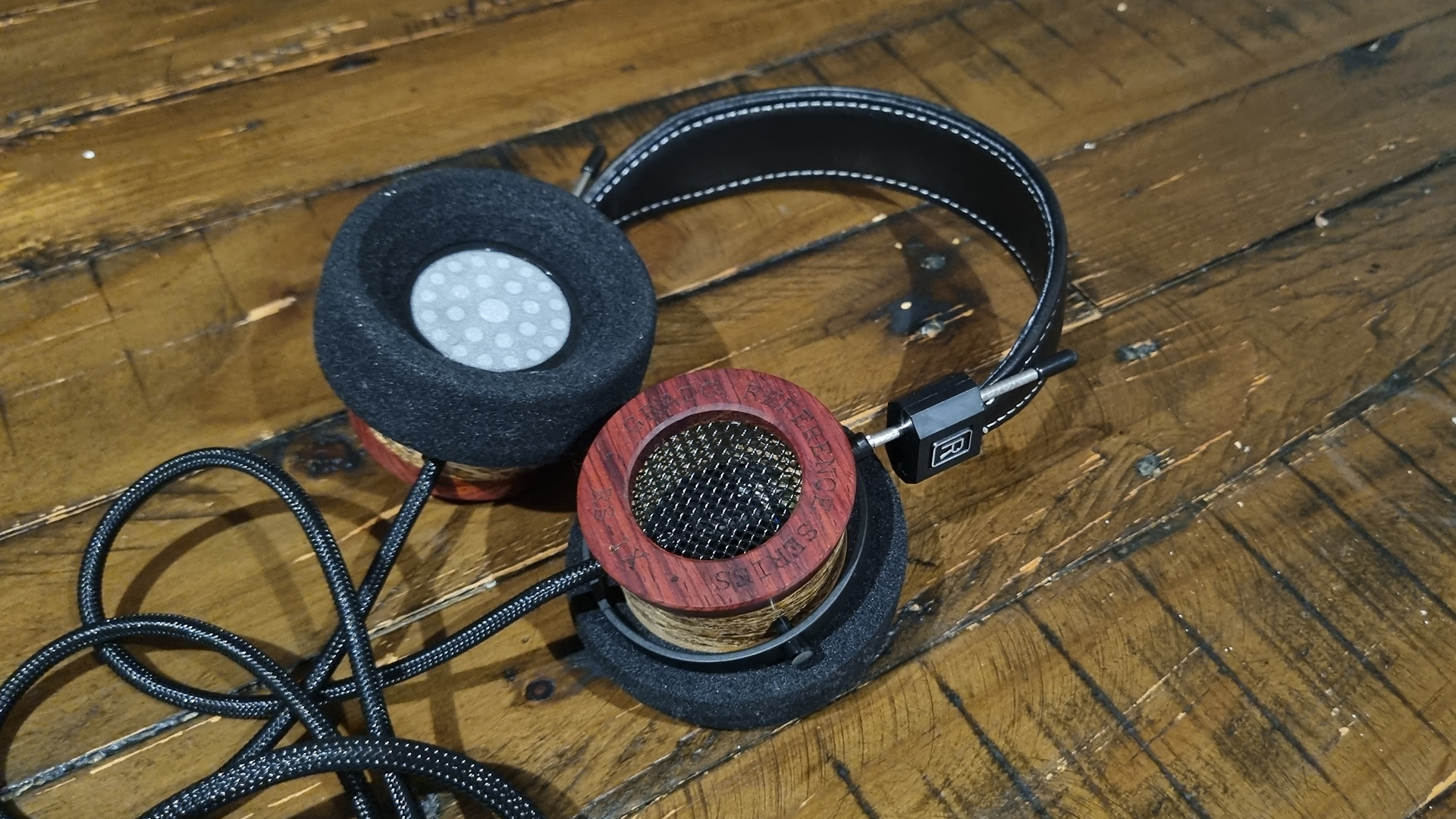
You certainly don't need a different pair of headphones for every separate task, so if you've just spent a few hundred on a pair of five-star wireless headphones, then your wallet can remain closed.
If you're only using the bundled earbuds from your smartphone, however, then upgrading them is another easy win. Most of us are fine with compromised sound when we're out on a run or on a busy train – textural insight is less important here than just having something to drown out the world's noise – but that is less the case at home or in a quiet office.
Forgoing portability and features such as noise cancellation and wireless connectivity means you can get a lot more performance for your money from a pair of home-specific wired headphones (or, better yet, audiophile headphones), whether you go for a closed-back (traditional) or open-back (leaky) pair. And if you are happy to go down the wired route for the best sound-per-pound performance, you can then go a step further...
3. Buy a DAC for your wired headphones
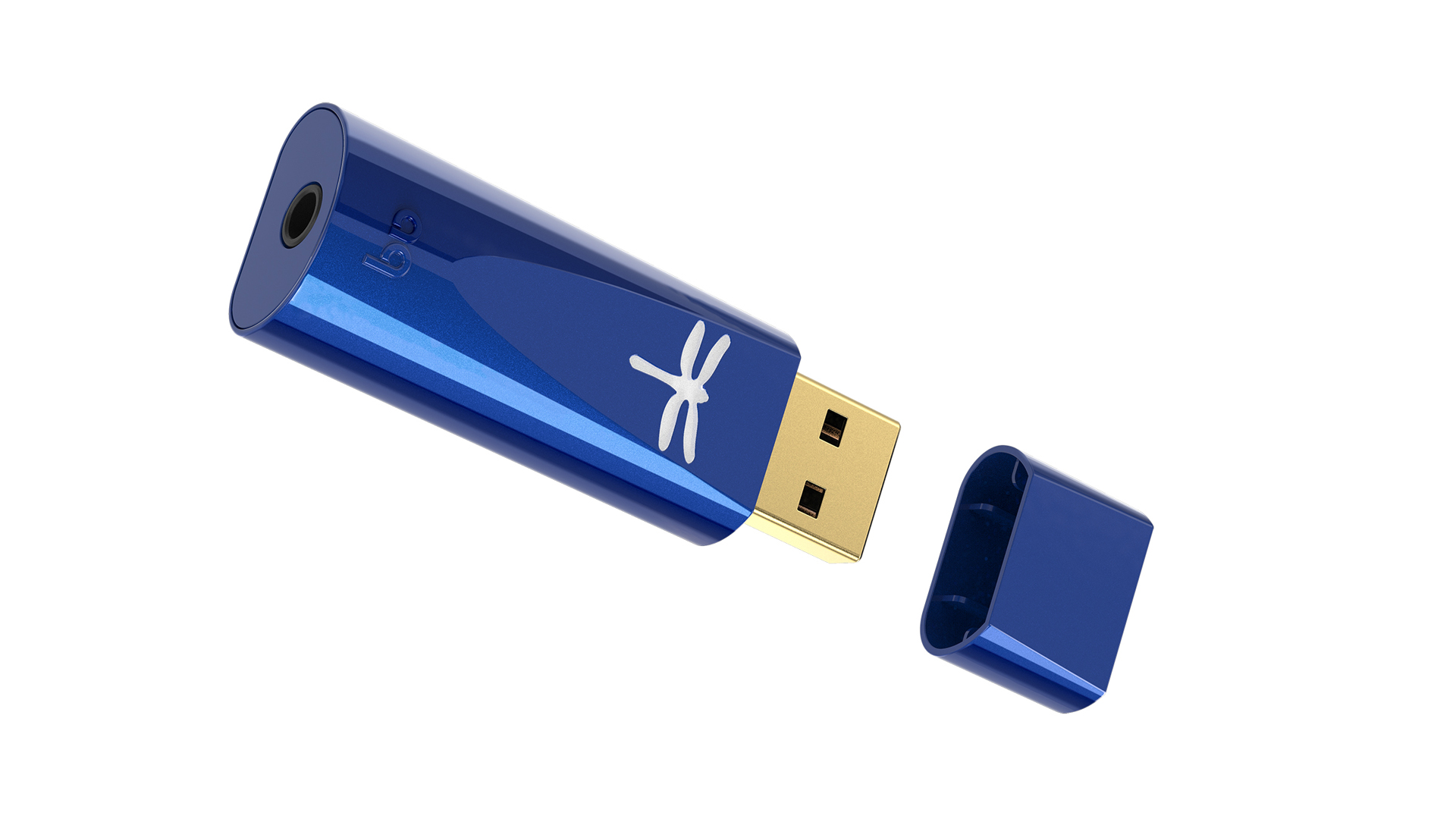
Think of all the tasks your computer is asked to perform, and that four-figure sum you paid for it rapidly starts to appear great value for money. But that also means that not a huge amount of manufacturing costs can have been budgeted for absolutely every feature.
So, while you have a DAC (digital-to-analogue converter) chip in your laptop or computer that ensures your digital music files can be listened to through the headphones output (or integrated speakers), plugging in an external DAC can make a significant upgrade on the sound quality you can get. The aptitude and accuracy with which digital files are translated into analogue signals can have a huge bearing on sound, so it is also one of the areas in which you might hear the greatest difference.
From simple USB-stick designs to bigger, multi-connection devices that would feel just at home in a traditional hi-fi system, there are portable DAC and headphone amp combinations to suit all budgets. Just make sure to pick one that complements the talents in the rest of your chain. Our round-up of the best DACs will help.
4. Boost your wi-fi
For the best music streaming experience, you'll need a strong and stable internet connection – especially if you're streaming in CD-quality lossless or hi-res quality. After all, the higher the streaming quality, the higher bandwidth required. That means wiring your computer or laptop by its Ethernet connection is highly preferable, but it isn't always all that convenient or even possible.
So whether it is via a signal booster or, as a last resort, upgrading your internet plan with your service provider, pimping your wi-fi is a good way to make sure you're always getting the highest-quality streaming experience possible. Streaming services can often automatically adjust quality according to internet capability in real-time to prevent buffering, but if you're paying for the highest-quality streaming tier, you'll want to make sure you get the highest-quality playback.
5. Sign up to a hi-res music streaming service
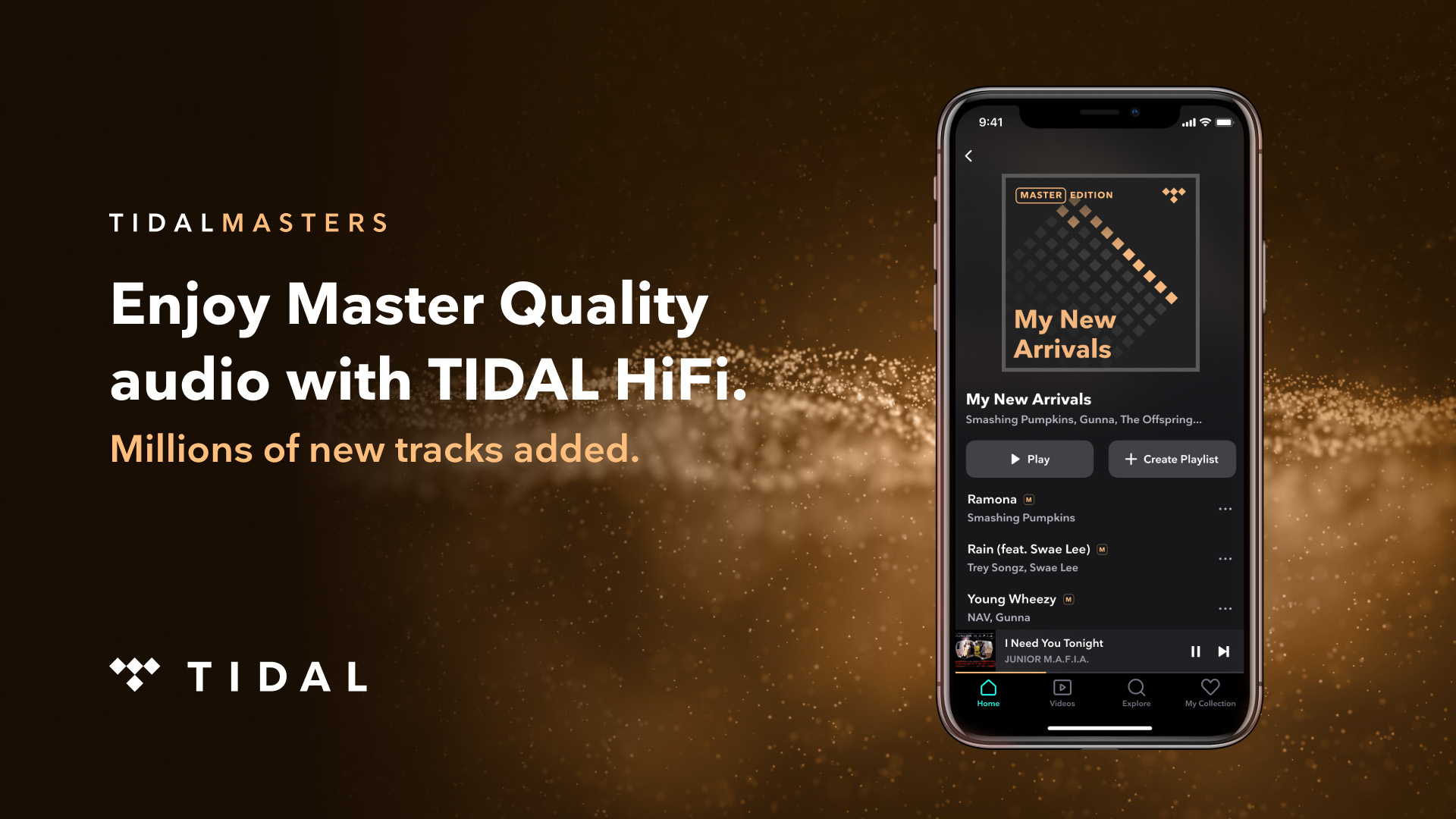
The above only really matters, of course, if you've subscribed to one of the many hi-res streaming services available. It appears the rest of the world is finally agreeing with us that low-res MP3 is a grubby little performer.
We use Spotify for a lot of things – its catalogue is unparalleled and the ubiquity of its users makes playlist sharing relatively hassle-free – but there's no point in spending loads of money on new speakers and headphones if all you're going to do is expose its highly compressed streams.
The lossless (CD-quality) Spotify Hi-Fi tier is coming (apparently), but superior quality is still going to be offered by the alternatives that support full-fat hi-res – Tidal, Qobuz, Apple Music and Amazon Music.
- Hi-res music streaming services compared: which should you subscribe to?
6. Download music rather than stream it
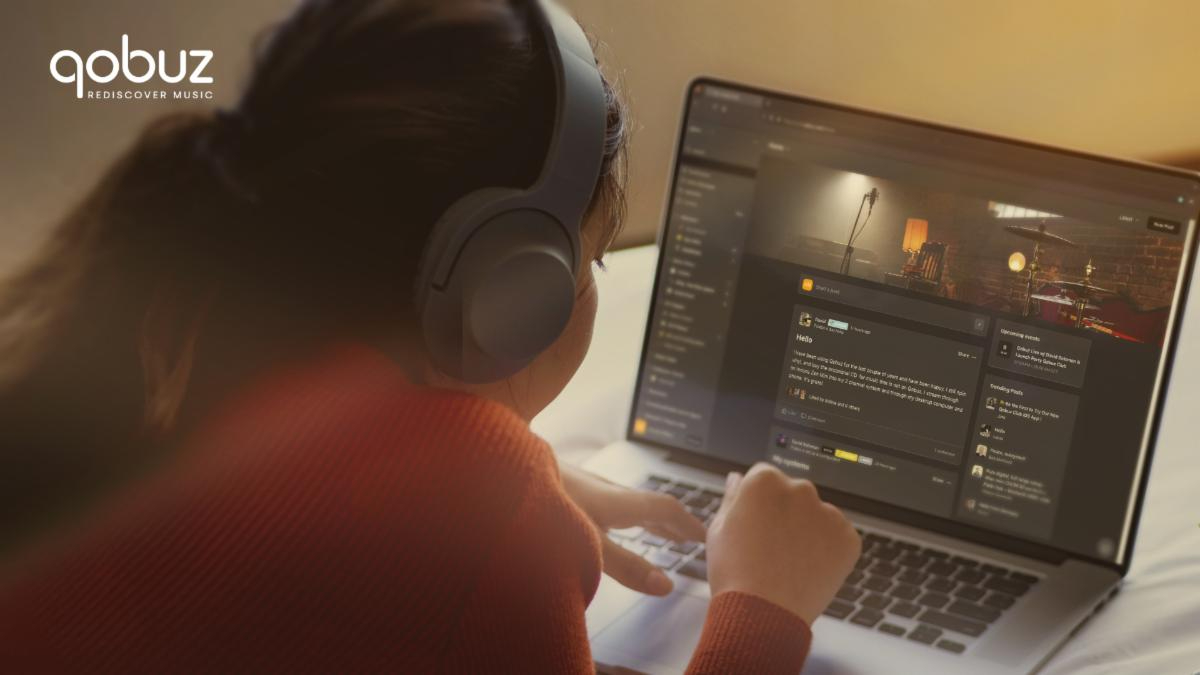
Though we are all quite taken by the convenience of music streaming – especially now that it doesn't necessarily mean deficient audio quality – you will still achieve better sound from hi-res files downloaded and stored on your computer or a separate hard drive. The other benefit, of course, is that you then own the music. But it is a significantly more expensive way to consume music these days.
Still, Qobuz can make it a little less expensive. Its Sublime streaming tier offers not only unlimited hi-res streaming but also discounts of up to 60 per cent on hi-res downloads through its store. It's probably the most cost-effective way of experiencing both worlds.
7. Make sure your desk is solid and sturdy
Regular readers are likely sick to their back teeth of us going on about this kind of thing, but stable and rigid support for your electronics is something you ignore at your peril.
It doesn't mean you have to go out and buy a specifically treated desk or else your speakers will sound like you got them out of a bin, but it shouldn't be buckling under the weight of your computer or tipping on wonky legs as you type either. Desktop DACs and speakers both require sturdy support to perform properly.
And keep your desk as clear as possible, too. You don't want books covering your speakers or newspapers heating up on your DAC. Try to organise your desk around your audio set-up, rather than the other way around.
After that, our last bit of advice is to keep listening to new music and try to enjoy work time as if it were play.
MORE:
How to build the perfect hi-fi system
The best computer speakers you can buy
High-resolution audio: everything you need to know
Get the What Hi-Fi? Newsletter
The latest hi-fi, home cinema and tech news, reviews, buying advice and deals, direct to your inbox.
Becky is the managing editor of What Hi-Fi? and, since her recent move to Melbourne, also the editor of the brand's sister magazines Down Under – Australian Hi-Fi and Audio Esoterica. During her 11+ years in the hi-fi industry, she has reviewed all manner of audio gear, from budget amplifiers to high-end speakers, and particularly specialises in headphones and head-fi devices. In her spare time, Becky can often be found running, watching Liverpool FC and horror movies, and hunting for gluten-free cake.
-
Alex_121 Увлекаюсь скачиванием всевозможных программ для улучшения музыки, качества звука, шумоподавления. для меня пока что хорошей программой является https://www.soundapp.com/. но на этом сайте также есть хорошая ссылкаReply

